Head-To-Head: Straight VS Beaked
One’s claimed to prick the carp quicker - the straight point - the other to have better-holding power thanks to its in-turned point, but is one really better than the other?
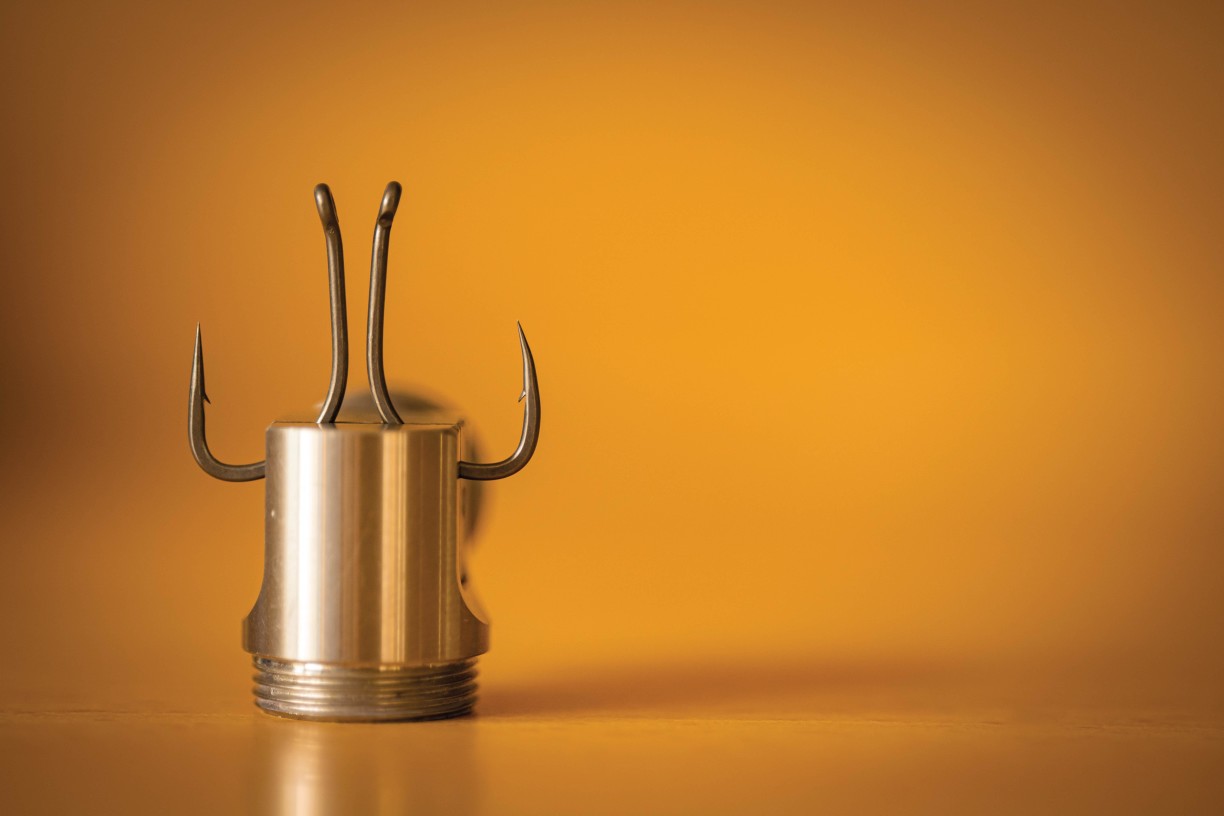
JULIAN CUNDIFF: Thanks for the opportunity, guys, but before I delve into the pros and cons of my favoured straight-point hooks, I will add some context. A lot of fishing-equipment choice, and even bait choice, comes down to personal preference and/or brand loyalty, rather than what is better or best, or even not as good. Cost, influence, etc. play their part, too. Genuinely, I think it often matters not, and I avoid the argument around which may be best—Nash, Korda, Sticky, Mainline, Fox, etc.—like the plague. When it comes to certain aspects of fishing, however, I’m pretty damn sure that choice does make a difference. In this case, we are not talking about the brand of hook—I’m a fan of the straight-point Nash Twister (micro-barbed in size 4, 5 and 6)—rather the angle the point sits at in relation to the shank.
What follows from Henry and me, then, is not a discussion based around which brand is best, but the mechanics the hook offers, as you could also apply what we say to patterns produced by Gardner, Korda, Fox and the like, I’m sure.
Okay, Henry, I know that during our tackle shop open days you’ll often tie up a beaked-point hook, and I’ll say, “Same old same old straight-point Twisters,” so I thought that you’d be ideal to go head-to-head with. According to Angling Times, you were the country’s second-best carp angler in 2022 (to Dave Levy), so that makes you Nash’s best carp angler—sorry, Dan!
So, on with the first, and for me, the most important factor to consider: the initial hooking of the carp. Let’s keep to specific points (no pun intended), and start with hooking potential. Many, maybe even most, of my presentations incorporate pop-ups, not necessarily because I want the hookbait off the deck, but because I want to keep the hook point away from any crud
and detritus.
Now, we’ve all seen from those excellent underwater videos how carp will often get away with it when they mouth the hookbait. Well, I’m absolutely convinced that by using a straight-point pattern, with its point upright—as it will be with a pop-up presentation—that you’ll prick and hook far more carp than you ever would with a beaked-point. The mechanics are undeniable, and when you couple these with a straight point that’s been hand-sharpened, the fish will partly prick themselves, even without the weight of the lead being drawn into the equation. With pop-ups, Henry, do you agree? Also, would you ever use a beaked-point hook when fishing pop-ups?
HENRY LENNON: To be honest, I used to agree that a straight-point hook was a better option when fishing pop-ups, but I’m finding myself less and less convinced of late. I imagine the pop-up sitting there and the fish sucking it in. The hookbait and hook will describe a broad semi-circle as they move from where they were on the lakebed, down into the carp’s throat. The bait doesn’t fly straight back, as it needs to move from the lakebed. It’s sucked through the water, into the carp’s mouth and back to its pharyngeal teeth. This is also how free offerings will travel up and into a feeding carp’s mouth.
Once that hookbait is in the fish’s mouth, there is some downward pressure on the hookbait and hook. To my mind, a straight point is more likely to hit the carp’s mouth and then drag slightly along the flesh before taking hold. However, the same pressure on the hook point that causes this dragging with a straight
point, will instead, drive the hook home when you’re using a beaked-point pattern.
This, mind, is all completely theoretical. I could be wrong, and I believe the difference I’ve suggested is minimal. What I do think is that when you fish a pop-up, the hook point is at risk of being ‘dinked’ on a small rock or stone on the lakebed on the cast, because of inertia. Granted, when it sits there, it won’t be on the bottom, and so the straight point is protected. The force of the cast, though, will cause a follow-through that may result in the hook point turning over, especially if it’s been hand-sharpened.
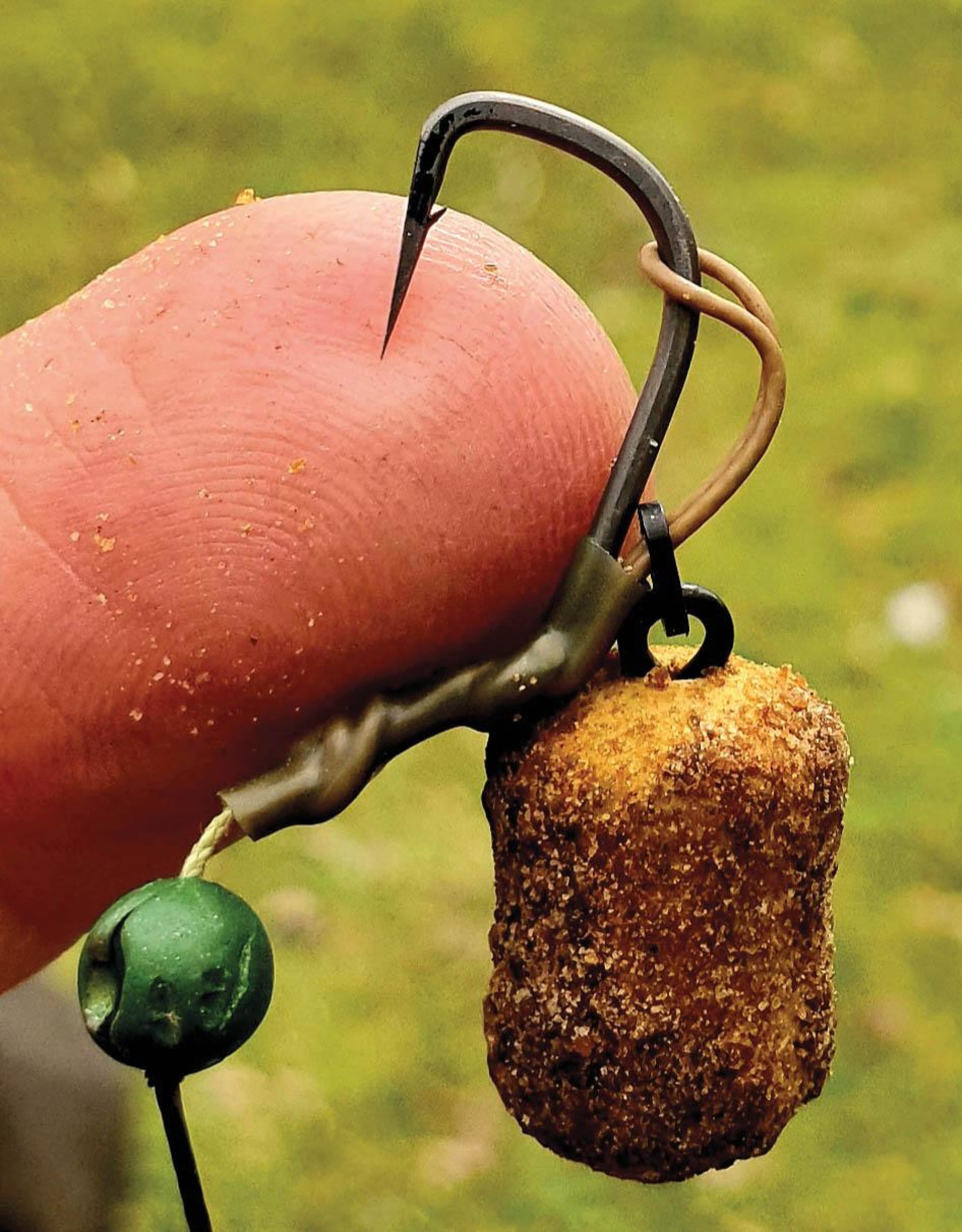
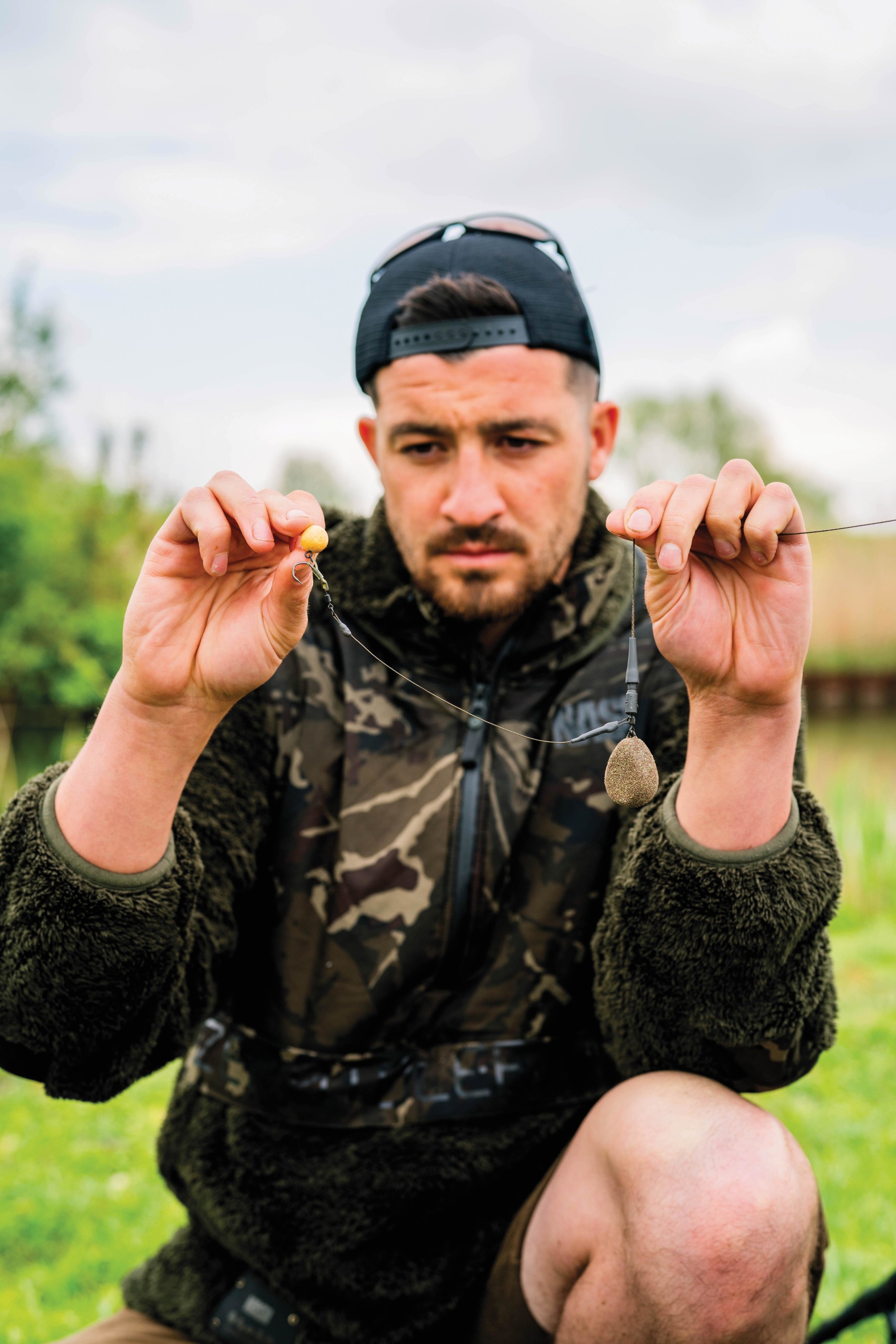
JULIAN CUNDIFF: I hadn’t thought of it that way, Henry, but it’s food for thought, for sure.
Moving on, whilst you know how much I love a pop-up, there are plenty of occasions when I’ll present my hookbait on the bottom, which invariably means that the hook is there, too. Even when I catch on the deck, I remain paranoid about the hook point, even more so when the carp appear slightly riggy, educated and non-committal. I’ll be busting to use a sharpened hook, as I’m convinced that finer points penetrate easier and catch me more fish. Finer points do indeed turn over so easily, so I’ll be thinking, Should I or shouldn’t I? To be honest, though, the only time I’ll dare is when I’m fishing over soft sand or silt, where the water’s pH won’t corrode the point. Other than that, I’ll opt for a halfway house
and fish straight points on the deck. I drop a hook size—usually from 4 to 5, but occasionally 5 to 6—and will
gently sharpen and polish it a little to fine it down.
Beaked-point hooks offer the obvious advantage of being turned in—in layman’s terms—so in theory, they should be less prone to turning over. When fishing on the bottom, do you use your beaked points as is, or do you sharpen them? Do you make any tweaks to try and protect the points? Do you use PVA, for instance, or are you happy to fish them ‘clean’?
HENRY LENNON: I use beaked points all the time, whether I’m fishing with a pop-up or a bait hard on the deck. I used to sharpen them, but will only do so now on extremely short sessions. Given that they might corrode otherwise, once they have been sharpened and the metal has been exposed, you have to cover the hook point with some sort of protective grease or gel, which I feel will give off negative signals to the carp, especially cute ones.
I find myself using Flota Claws so much nowadays. They are extremely sharp out of the packet, and given their relatively thin wire, I would rather leave them at their strongest and not sharpen them. I’ll confidently cast out a beaked point without any protection, as I feel the chances of the hook point dinking are that much lower.
To be honest, I find myself dropping rigs more and more from a baiting pole, and compared to other anglers, I use a relatively long boom for most of my fishing. As a consequence, the hook point’s landing is always pretty soft. If I was casting a long way to fine gravel, or fishing a snaggy stretch of river, perhaps, I might add something like a small mesh bag to cover the hook point. Rarely, though, do I feel the need to do so.
One thing I love about beaked points is that they make it much more difficult for the carp to eject the hook, once they’re on. With a straight point, this would be much easier. This, primarily, is why I use beaked points, and why I favour the Flota Claw. The additional angled bend in the hook makes them so effective when it comes to landing carp, once they’ve been hooked. Would you use a beaked-point pattern when fishing barbless, given the increased likelihood of losing fish?
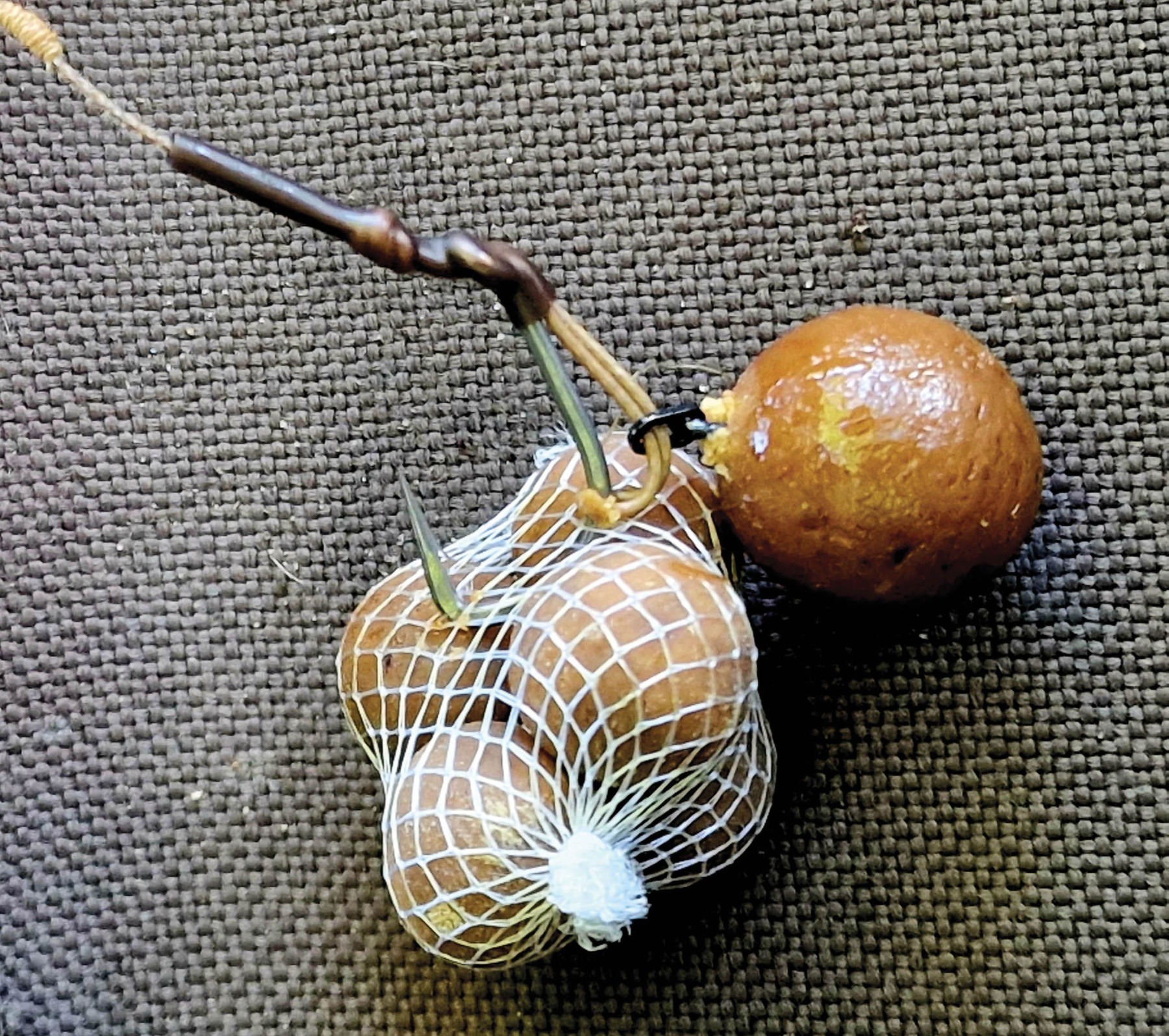
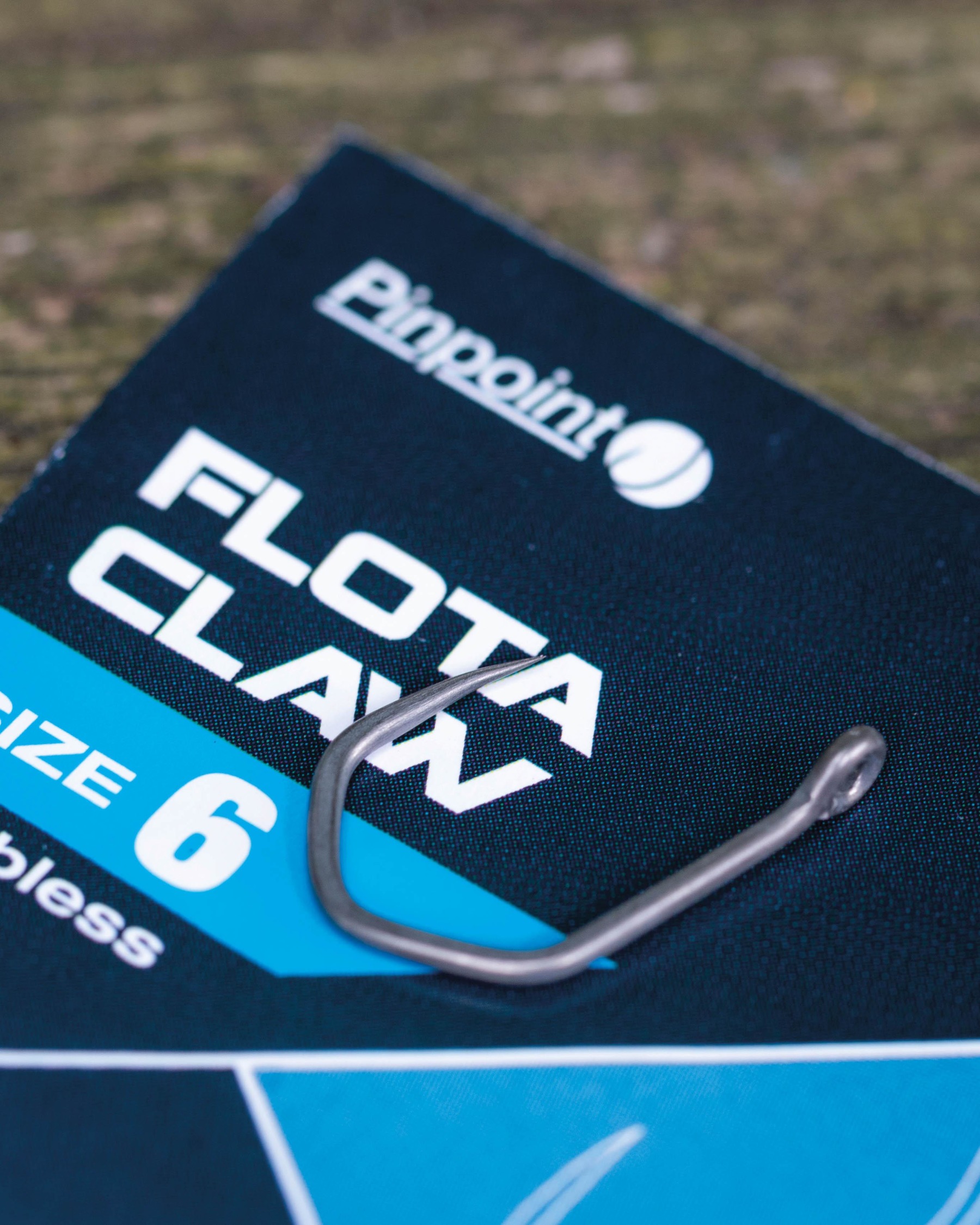
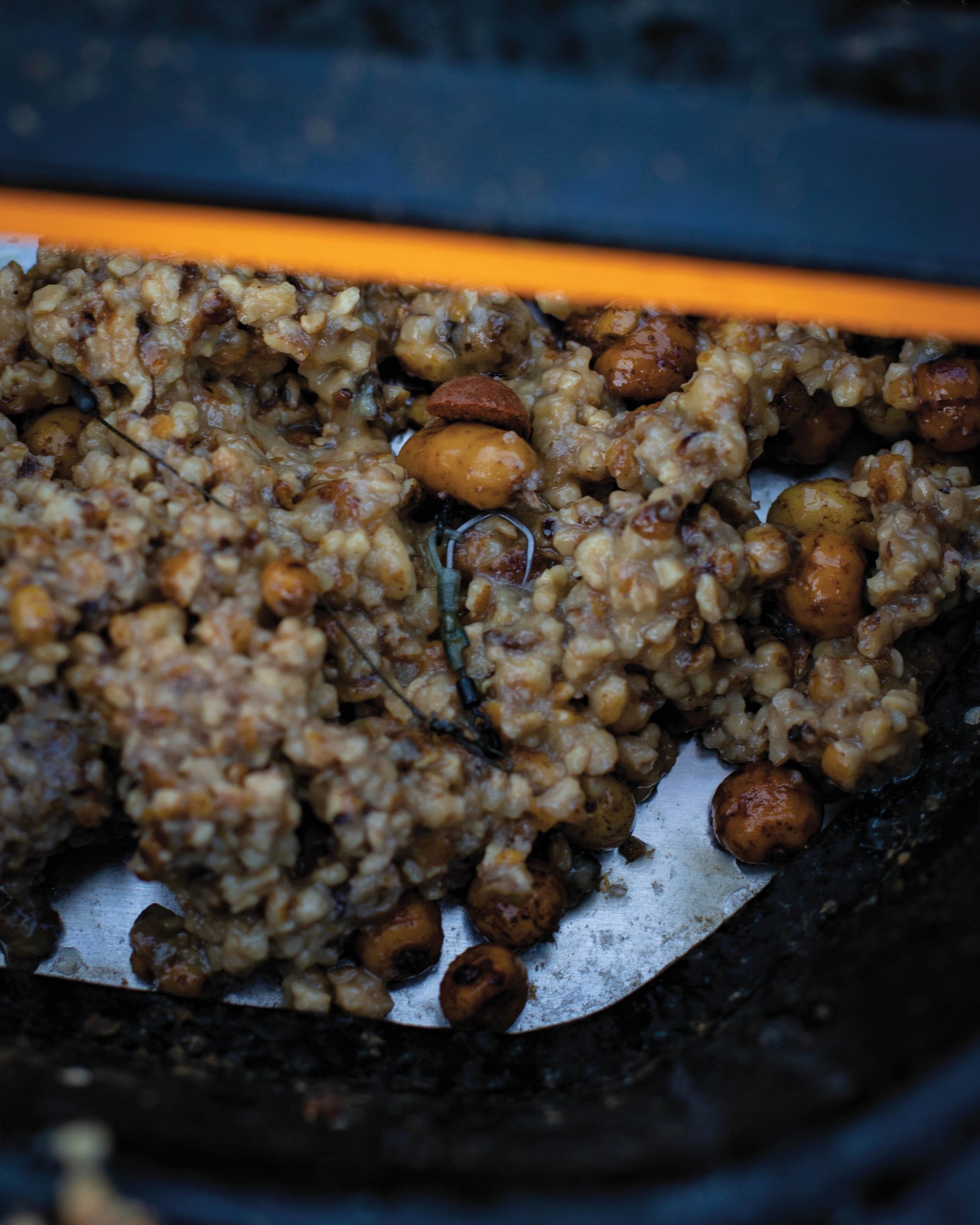
JULIAN CUNDIFF: That’s a good point. Barbless hooks are becoming more of a consideration these days, as more of the waters I fish insist on them. I understand that in the so-called bad old days, the big ol’ barbs were an issue, but today’s micro-barbed patterns are nothing like those. Having talked to plenty of fishery owners and managers, I’ve found that they’ve brought in the rule to reduce the chances of fish becoming snagged and tethered, and I can see their point.
If anglers used their brains more, and used stronger lines, didn’t leave their rods unattended and didn’t fish to stupid spots, we wouldn’t have the problem. They do, though, so fish have to be protected by a rule that sees the use of hooks that are designed to fall out easier, and therein lies the issue. They’re hard enough to hook in the first place, never mind that we now have to use a hook that’s designed to fall off!
When I use barbless Twisters, I add a long piece of shrink tube (at least 20mm from the eye to the end of the shrink tube), Noodle Rig-style. I keep the tension on, and touch wood, I don’t lose too many, but I feel that the hook demands the use of the shrink tube, when it’s not always what I want.
There’s the old argument that with a beaked point they don’t drop off as easily. Is that true, Henry? And do you have any tweaks you can push my way for barbless beaked points?
HENRY LENNON: The only advice I’ll give you here is what I tell everyone: use a Claw pattern! Their beaked point and angled bend make them so difficult for a carp to spit out—I know I am repeating myself, but that’s because I believe they really make a difference. I think I lost just one carp last year to random hook-pulls, and I credit that entirely to having moved over to the Claw pattern and using them exclusively. I also use a little kicker or length of shrink tube, but that is more to help the hook flip over and to effectively elongate the shank, as Claws do have a pretty short one. This is more to do with the hook pricking the carp’s mouth (the first stage of hooking it), as opposed to aiding the landing of a fish once it has been hooked.
Do you think that hooklength material plays an important role in the hooking aspect?
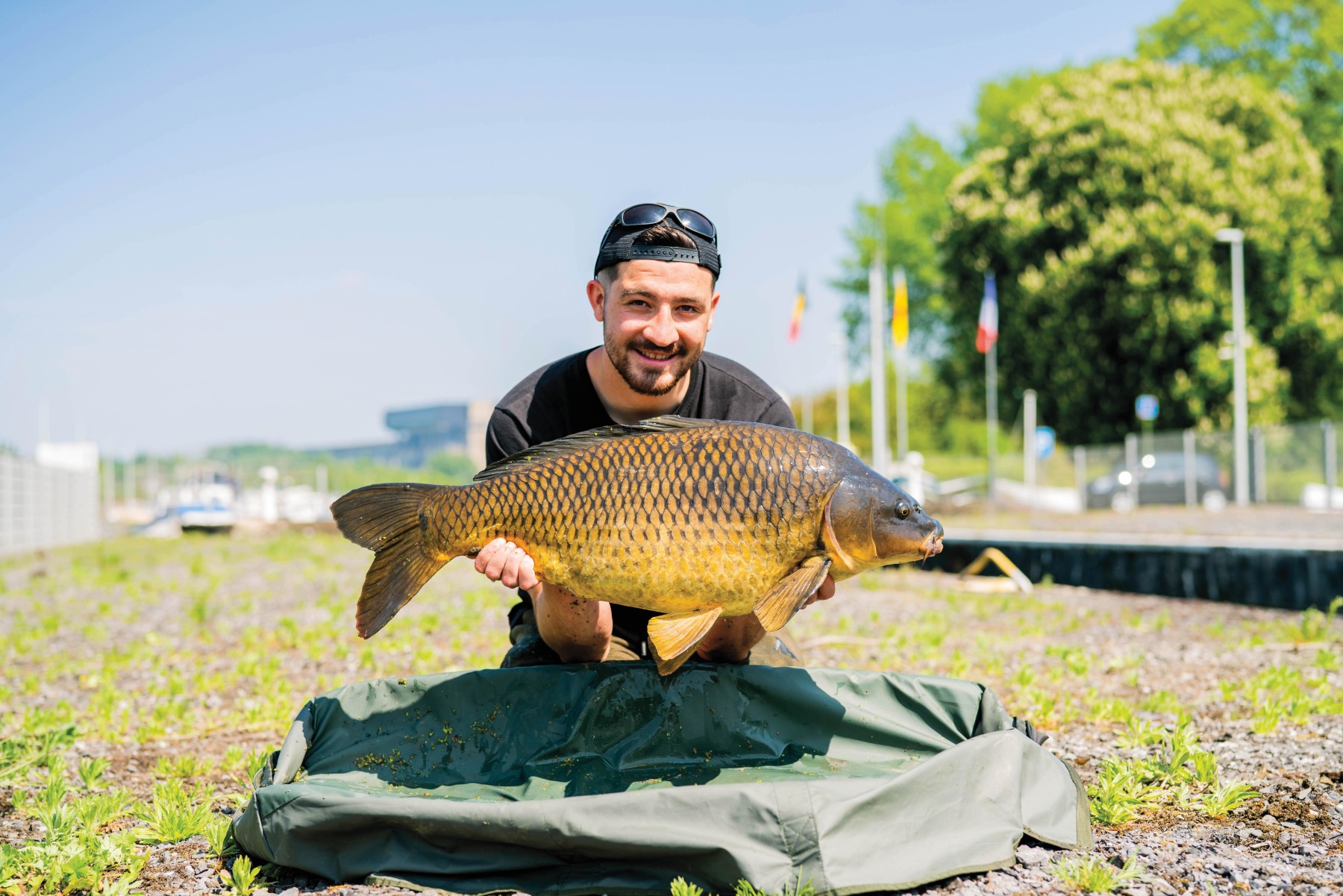
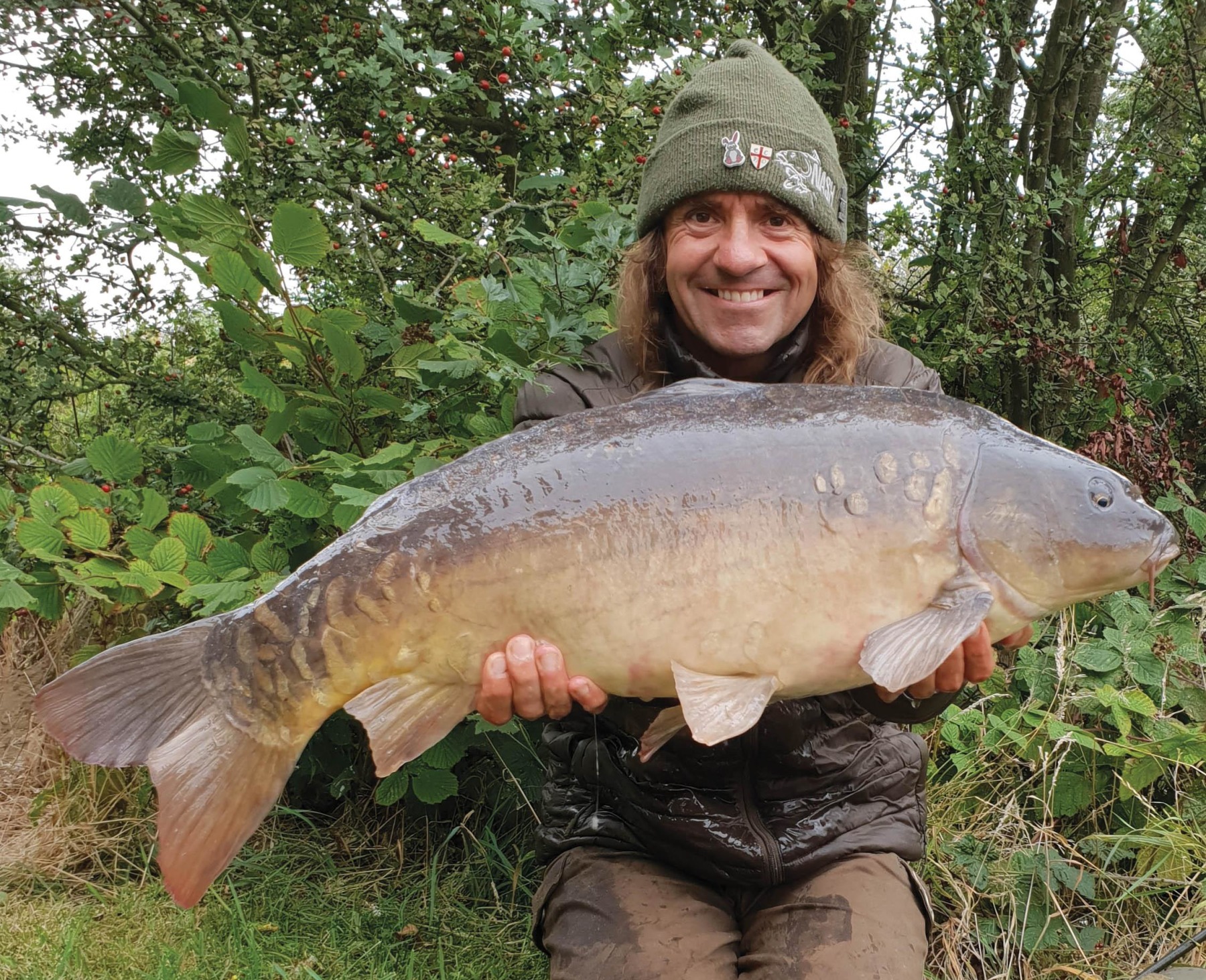
JULIAN CUNDIFF: I admit that, at times, I opt for a straight-point, coated-braid set-up, when it isn’t, perhaps, the ideal presentation. Having spent time with Alan Blair at tackle shop open days, and having watched his films, there definitely seems to be something to using a beaked point with a more flexible hooklength that works in real situations. I can understand the theory, too. When I’m using a straight-point hook, especially one that I’ve sharpened, I’m looking to prick the fish as soon as it mouths the hook. Then, everything else comes into play. Sure, the weight of the shot helps (as a pop-up counterweight or a pinning point for bottom baits), but the hook pulls in fully only when the hooklength tightens and the drag of the lead comes into play, along with that of the main line. With a coated braid, this process is more instant than it would be if you were to use Armourlink or similar.
With my favoured hook point, then, I’m a little dogmatic when it comes to the choice of hooklength. With beaked-point hooks, do you play around with hooklengths at all? I’ve always thought that beaked points, coupled with a flexible hooklength, will sit on any detritus better. When a carp picks up the hookbait and moves, surely it will hook itself properly only once the hooklength has been fully extended, and that basis, unless you fish with a very short hooklength or get it absolutely right over tight baiting (with flake, pellet, crumb, particle, etc.), isn’t there a danger of them getting away with it? Isn’t the pricking ability of straight points better?
HENRY LENNON: I absolutely agree that a shot or weight will help pull the hook point downwards and prick the fish, and I use them in my rigs, too. I fish with a relatively long hooklink, as I’ve mentioned, but I rely heavily on the sharpness of the hook point and its ability to prick the carp’s mouth. I feel that as they try and deal with that, they will move and shake their head, so whether I use a 4-inch hooklink or one of 8 inches won’t matter too much, providing I have a sharp hook to aid that initial pricking. I would rather have that extra movement so that my hooklink can fly further back into the fish’s mouth, than risk it being be sucked in from the wrong angle, as it might with a short hooklink, only lightly touching their outer lips as a result.
I’m the same as you in that I like a coated braid. To my mind, super-supple braid is so prone to tangling that I’m just not comfortable it. I’ll use it in certain situations, however, such as when fishing solid bags, but I don’t really deviate from coated braid unless the situation dictates. This will be more to do with presentation than hooking potential. I’ll use super-stiff, snag-leader hooklinks on fast-flowing rivers, or on shipping canals where barges can cause a huge amount of movement; and I’ll opt for clear, low-diameter fluorocarbon on
gin-clear lakes.
Thanks for your thoughts, Jules. I’m a firm believer in not changing what isn’t broken, so I would be hard swayed to move away from my beloved beaked points and my Claws. You’ve certainly given me something to think about, though.
JULIAN CUNDIFF: Cheers, Henry, there’s some good stuff there. Whilst I’m not going to chuck the baby out with the bathwater, when I’m fishing on the deck with a sharpened hook, I’m definitely going to try beaked points in an effort to protect them.
Good luck in the spring, and see you at the Northern Carp Conference for those fabled rig-tank tests!
Want more carp fishing content? Watch videos on our CARPologyTV channel 𝗛𝗲𝗿𝗲 ➡️ http://bit.ly/3tKMIup



